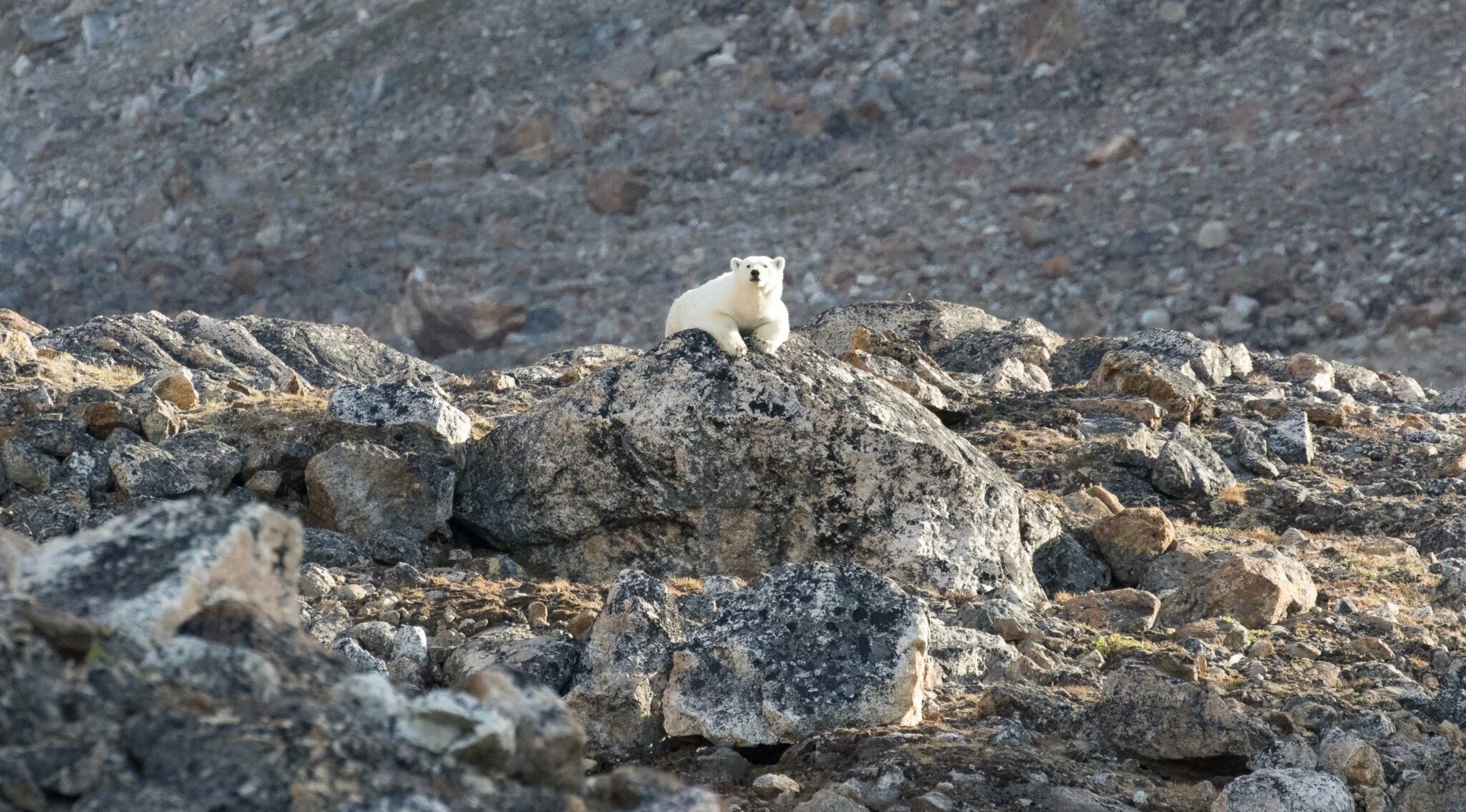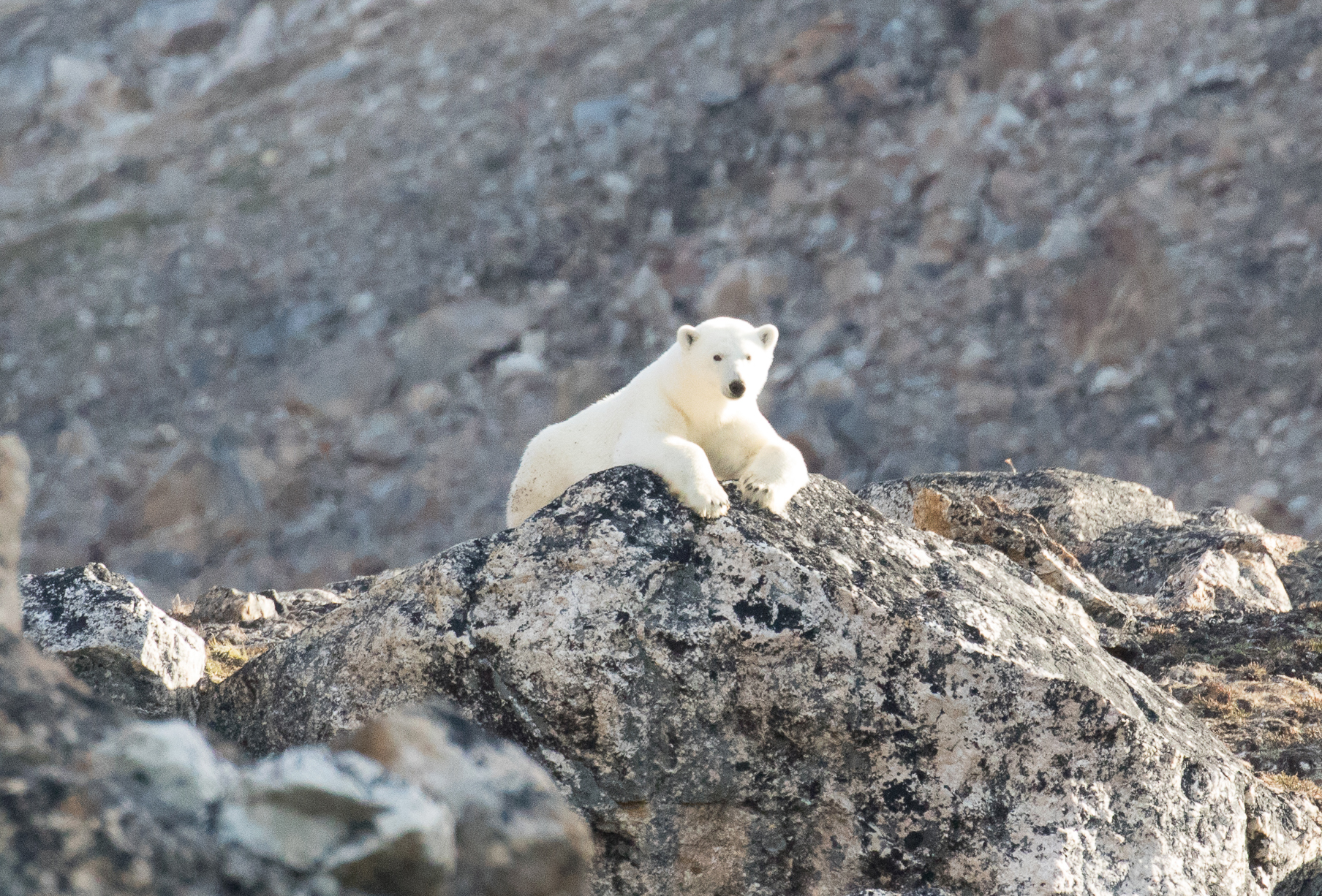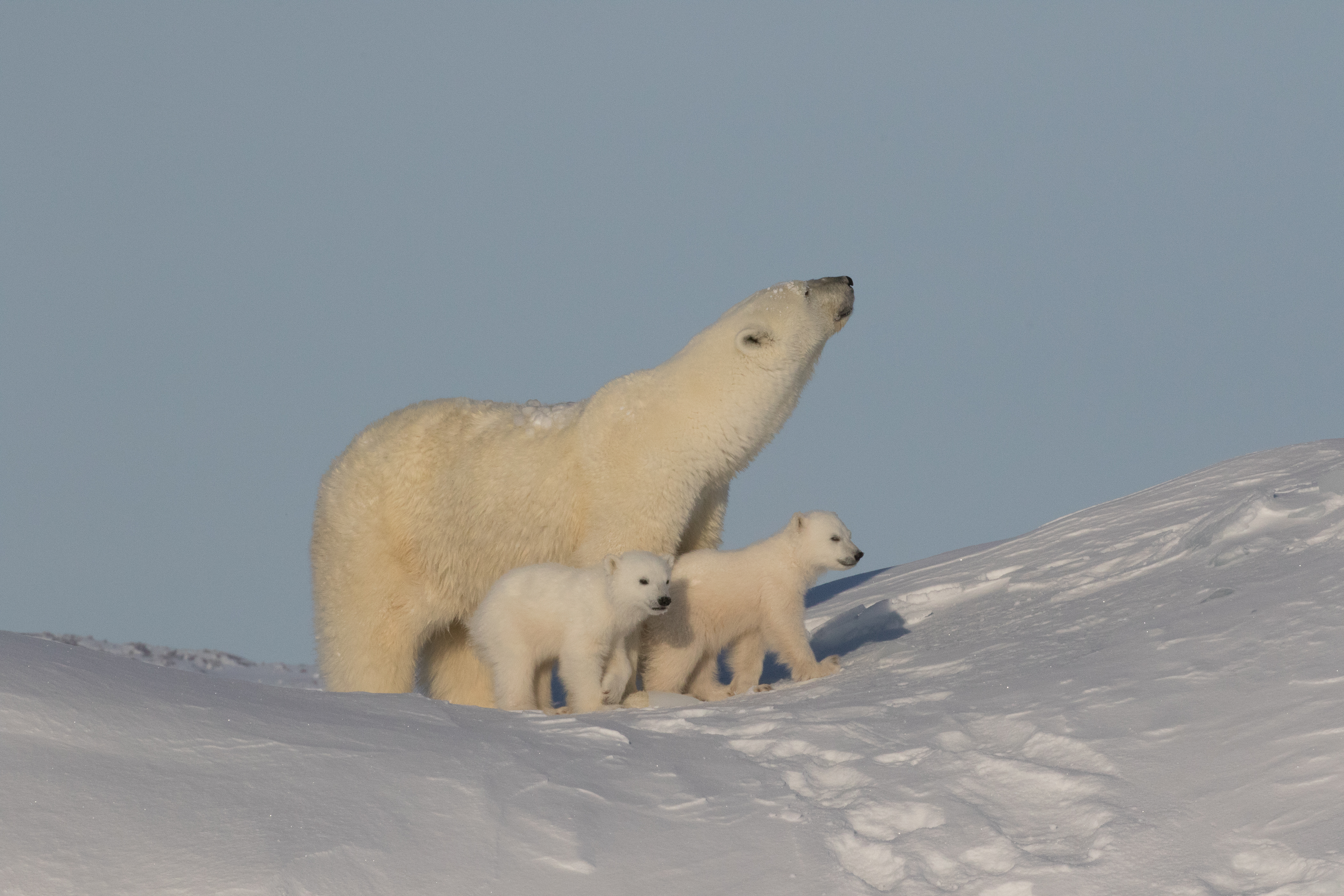There is a magical place where newborn polar bears spend the spring playing in the snow and learning new tricks from their mother to live well in their northern home. A place where Arctic fox scavenge meals from wolves and polar bears and herds of caribou roam the open tundra.
Wapusk National Park is also one of the largest polar bear maternity denning areas in the world and filled with other exciting wildlife and unique landscapes.
If you are looking for a place to visit on your next adventure then Wapusk is the place for you. Seeing polar bear cubs emerging from their maternity den should be at the top of everyone’s bucket list and there is an amazing opportunity waiting for you.
Learn more about this incredible national park and find out how you can see some of their most famous inhabitants in person.
Get To Know Wapusk National Park
Latitude
57° 46ʹ26ʺ N
Longitude
93° 22ʹ17ʺ W
Wildlife
- Polar Bears
- Moose
- Wolves
- Red and Arctic Fox
- Caribou
- Wolverine
- Lemmings
- Rare birds including Great Grey Owls, Sand Hill Cranes and Peregrine Falcons.
Climate
Weather can be harsh and changes rapidly. During the summer, June through August, temperatures can range from -10°C to 35°C. In winter, from October to early May, temperatures can range from 15°C to as low as -50°C in December and January. Snowstorms can happen at any time of year.
Establishment of the Park
It is Canada’s 37th national park and was established in 1996. The word wapusk comes from the Cree word for “white bear” / “polar bear”.
The park encompasses 11,475 square kilometres (4,430 sq mi). The purpose for its conservation is to protect a representative sample of the features and wildlife of the Hudson and James Bay lowlands.
The park becomes the home of the Western Hudson Bay polar bear population and is one of the largest maternity denning areas for pregnant polar bears. The spring is an active time as new polar bear families emerge and other bears comes to the shoreline as the ice melts from Hudson Bay.
There are no roads or trails leading into the park so the limited number of visitors gain access by tundra vehicles like buggies or upgraded vans.
Ecosystem
Wapusk National Park is located in the Hudson James Lowlands, which is a unique transitional region between Manitoba’s boreal forests and Nunavut’s treeless Arctic tundra.
Hudson Bay is such a large body of water that it creates its own frigid microclimate. The tide is so strong here that there is a 9.65 km (6 mi) tide.
There is a number of rare plant species and a surprisingly diverse ecology for its northern latitude. It is also part of North America’s largest expanse of peat bog.
In this subarctic forest stunted trees can live for hundreds of years but rarely grow over 1.8 m (6 ft). These spars forests provide little shelter from the wind so branches generally only grow on the south side of the tree.
Ideal Time To Visit
Late February and early March is an magical time to visit if you want to see the wildlife prepare for spring. While space is limited, at this time of year a lucky few dozen visitors can experience polar bear mothers and newborn cubs as they leave their dens and explore the snow for the first time.
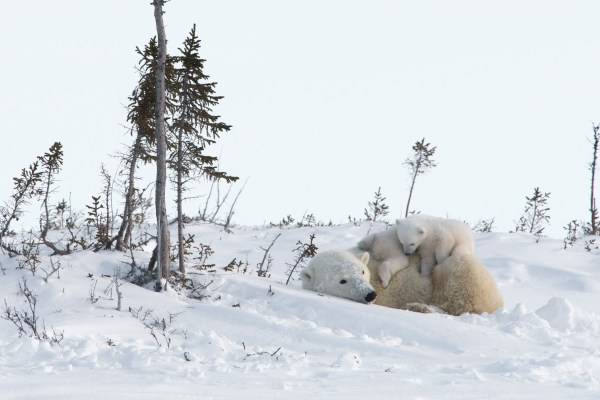
Wapusk in the Winter
While most polar bears spent the winter doing the majority of their hunting for the year on the frozen platform of Hudson Bay, pregnant polar bears arrive on the shorelines looking for deep snowdrifts and snowy mounds on the small hillsides where they can build maternity dens.
While polar bears do not hibernate, these pregnant polar bears look for a place that they can dig a den big enough to give birth to their tiny cub(s).
A polar bear cub needs a sheltered den because they are born blind and have thin hair would hardly protect them from the cold. A newborn cub is about 30 cm (11.8 in) and weigh less than 0.9 kg (2.0 lb).
The cub is highly reliant on their mother to keep them warm and provide their milk, which is extreme high in fat so the cub can grow quickly.
The winter is a quiet time for most of the wildlife in the park but especially for the new polar bear families as they stay hidden from the wind and cold until spring begins to appear.
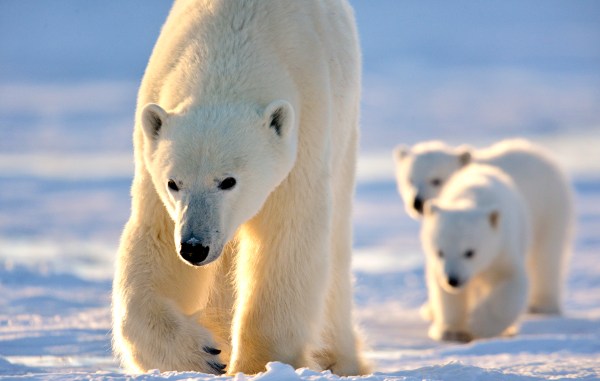
Wapusk In The Spring
Spring is an incredibly active time in the park. Herds of caribou are starting to see green under all the snow. Wolves, foxes, and other predators can roam the land more easily and are looking for food for their new litters of cubs.
Polar bears that have spent the winter hunting on top of Hudson Bay’s frozen waters are starting to notice the ice retreating, so they begin heading towards solid land like the coast or islands. Most of them will spend the summer resting and rarely hunting as they conserve energy and their fat levels.
Since winter is such a competitive time for polar bears to hunt, they rarely are seen in groups and prefer to be alone in their designated territory. But in the spring time, when they are not interested in hunting, they are known to gather in small groups and play or socialize as they wait for the water to freeze again.
The most exciting part of the spring for wildlife enthusiasts is the emerging of the polar bear cubs! The limited visitors can watch and photograph these intimate and remarkably rare moments when the cubs first get to explore this big snowy wonderland.
Capturing these heart-warming moments as cubs play with their siblings or cuddle with their mother will leave you with incredible memories and fantastic photographs.
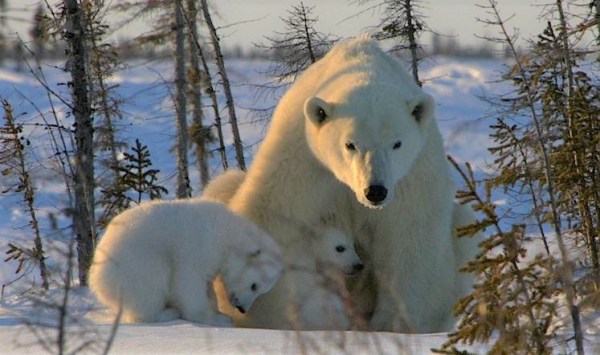
How You Can Witness Polar Bear Cubs in Wapusk
If you are wondering how you can experience this bucket list trip then look no further. Arctic Kingdom is the prepare Arctic safari provider and have two exciting opportunities. Find out more about our two tours that put you right in the heart of the denning area on our lodge-based trips.
POLAR BEAR MOTHER & NEWBORN CUBS SAFARI
Immerse yourself in the world’s largest polar bear denning area for one of the most rarely-seen wildlife experiences.
PRIVATE JOURNEYS
Ultimate adventures for ultimate memories: exclusive trips tailored to your dreams.
Experience The Arctic On A Safari
Get chances to view elusive Arctic wildlife and experience the majesty of the Arctic on safaris almost year-round. View all Arctic Safaris here.
Ready for adventure? Contact our Arctic Expedition Consultants to book.
We now have a Gear Shop where you can browse some of the best outdoor clothing and equipment to buy or gift to friends and family.
Are you still curious about the many wonders of the Arctic or looking for more interesting content then explore more blogs here!
By: Mathew Whitelaw


